In Poland, there is a “built-up area” road sign (obszar zabudowany).
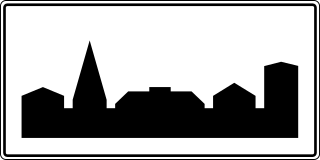
Basically, it was intended to distinguish streets from roads. It can legally be placed only before areas with many points of collision like intersections, driveways, sidewalks, and crosswalks, essentially everything that counts as a street. It can’t legally be placed where buildings are separated from the road and there is no pedestrian infrastructure. This sign mainly changes the default speed limit from 100 km/h to 50 km/h.
Unfortunately, it’s Poland . The law is so convoluted that even the Ministry of Transport doesn’t understand it. Some road managers don’t understand what particular signs mean and place them intuitively. Sometimes the law doesn’t make sense, and road managers place tricky combinations of signs to circumvent it.
There is a yt channel run by a frequent traveler who wants to fix the situation. Today, he uploaded a April Fool’s joke video where he discusses new “built-up area” road signs proposed by the Ministry of Transport. They look different but have the same legal meaning as the sign used today. They are intended to help surprised drivers understand their unconventional placement.
Video link: https://www.youtube.com/watch?v=jwmA1UTlv8c
Proposed signs:
- There is a law stating that in every tunnel longer than 500m and outside of a built-up area, vehicles are obligated to keep a 50m to 80m distance from each other. There is an urban highway running under Katowice city downtown. Road managers decided to place a built-up area sign there so that the distance between vehicles is shorter and road capacity is higher. Proposed sign [1:01].

- Sometimes, a built-up area doesn’t end when a road enters a forest. The proposed sign [2:02] intends to assure drivers they didn’t overlook the “end of built-up area” road sign.
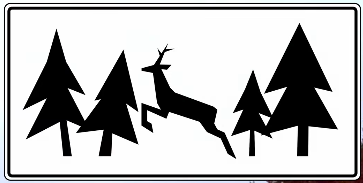
- A built-up area was recently extended so it covers a bus stop in the forest, making it “safer.” This situation is clearly prohibited by law. Proposed sign [2:56].

- Police can suspend a driver’s license for 3 months if the driver exceeds the speed limit by 50 km/h in a built-up area. Unfortunately, this doesn’t apply to roads outside built-up areas. Road managers placed a built-up area sign in the forest so the police can do their job. Proposed sign [3:38].
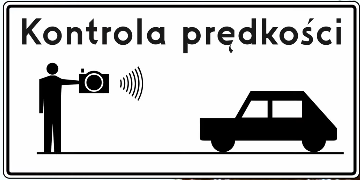
- There are many urban highways that don’t have any intersections, pedestrians, driveways or any other points of collision. They legally mustn’t be inside built-up areas. The city council doesn’t want to exclude highways from built-up areas because of “safety,” “too many signs,” and the “feeling of permission to drive faster on stretches of road where fatal collisions are frequent.” The proposed road sign [4:48] is the reason I’m writing this post. In my opinion, it perfectly shows the absurdity of urban highways. It has the potential to become a symbol of the better city design movement. Could we make it the banner of this community?
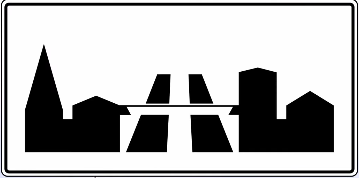
- In Olsztyn city, there is an area planned for urban development in an unknown future. The road manager placed a built-up area sign there because updating its localization in the future doesn’t make sense. Proposed sign [5:20].
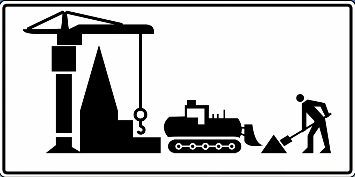
- There are places where not only buildings, intersections, sidewalks, driveways, etc. are absent but the road itself isn’t present too! The proposed sign conveys nothingness [6:25].
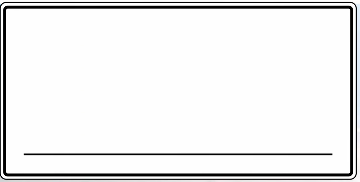
What do you think about proposal? I unexpectedly stumbled upon it when I was watching yt earlier today and thought it could become new symbol of a car-centered urban design

